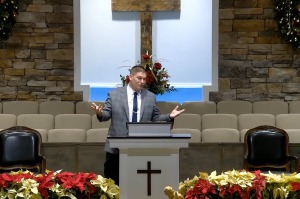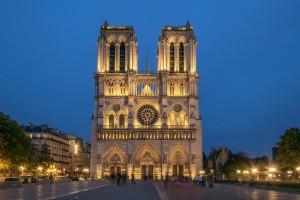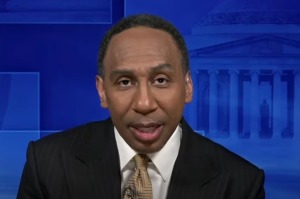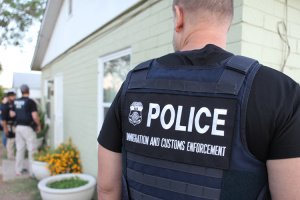Can Christians and Jews Bridge the Gap?
A Christian guest speaker at a Boston College event titled "Understanding Christian Support for Israel" spoke to attendees about the relationship Christians have with Jews and the rift that has been created among them.
During the presentation Wednesday, JoAnn Magnuson, the Community Relations Director for Bridges for Peace, expressed her positive ties with Judaism, and how Christianity arose from many of the principals in Judaism. Yet, there is still a distinct gap between the two religions that have resulted in years of conflicts.
The presentation questioned the relatedness of Judaism and Christianity, and whether there can be some constructive links among the two practices.
"I go around trying to talk up Israel and Jewish-Christian understanding," Magnuson said, according to The Heights, the student newspaper of Boston College.
To strengthen the resolve for unity, the speaker noted that most early Christians reported in the Gospels were indeed Jewish. She also expressed how Judaism was essential in the growth of early Christianity.
"I am motivated by the people who gave birth to my religion and my faith community," expressed Magnuson in The Heights.
As a big separating factor, the speaker also described how early passion plays, which depict the crucifixion of Christ, in the medieval era helped bring about an anti-Semitic atmosphere in Europe that has effects still today.
Jesus' Judaism
Amid increased efforts among Christian church bodies to build bridges across denominational lines, there have also been many efforts by Christian and Jewish people to show the relatedness of the two religions.
In a recent feature in the March issue of The Lutheran, for example, the official magazine of the Evangelical Lutheran Church in America included an article about a September 2006 incident with a Jewish painter named Clara Maria Goldstein.
In it, the publication described how a Lutheran medical hospital located in La Crosse, Wis., removed ten paintings from its walls that depicted Jesus' Jewish heritage, noting that they were controversial. The paintings were also refused from an exhibition at Viterbo University in LaCrosse.
Goldstein insisted that they were not meant to be offensive, but rather, she wanted them to connect Christianity and Judaism in a positive way.
"I'm trying to portray Jesus' Judaism, an aspect of him many artists have left behind," she said in The Lutheran. "The Bible says Jesus was a Jew, but no one wants Jesus painted as a Jew."
Goldstein, a former Catholic from Nicaragua, noted that she wanted to simply share Jesus' message of love. By showing the background of Jesus' life, she could in some way create some common ground for Christianity and Judaism.
"Judaism is the loving religion that Jesus piously practiced for himself," added the painter in The Lutheran. "His parents, family, friends and lifetime followers were all Jewish people who loved him and mourned his death."
Despite such efforts, the fact remains that it will still be difficult to completely unite Christians and Jews perfectly, but Magnuson urges everyone to do their best.
"[We are] situated in a Catholic university," concluded the guest lecturer in The Heights, "[and we] need to have the goal of peace foremost in [our] minds."





























